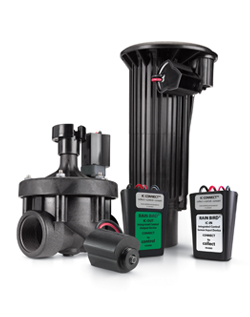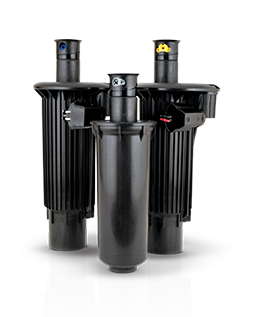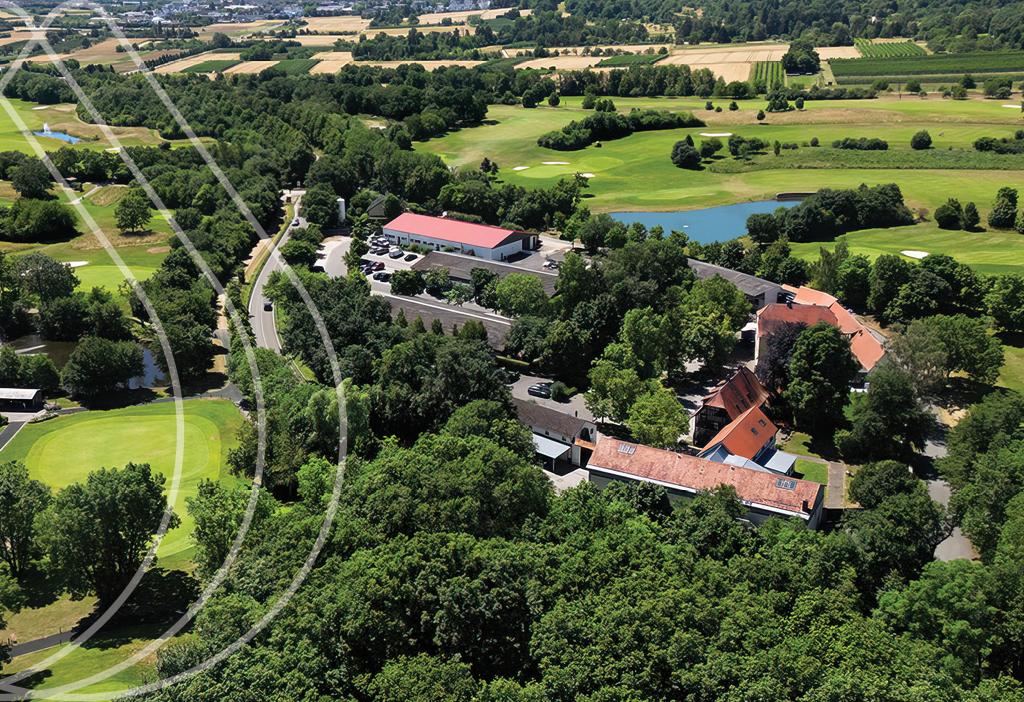Crystal Downs
Country Club
A superintendent leading an outdated irrigation system replacement at a classic old golf course isn’t that unusual—being at that same course long enough to replace two of them is.
Both Mike Morris, director of building and grounds, and superintendent Don Roth helped install the previous system at Crystal Downs in 1992. A clever stopgap measure a decade ago kept the system functioning. It also gave them the opportunity to choose a new golf course irrigation system with the best technology, support, and operational quality available.
Introduction
A superintendent leading an outdated irrigation system replacement at a classic old golf course isn’t that unusual—being at that same course long enough to replace two of them is.
Both Mike Morris, director of building and grounds, and superintendent Don Roth helped install the previous system at Crystal Downs in 1992. A clever stopgap measure a decade ago kept the system functioning. It also gave them the opportunity to choose a new golf course irrigation system with the best technology, support, and operational quality available.
How did the club go about making the best choice? Here are the steps they took and the key factors that allowed them to get it done right.
Project Goals
- Establish uniform coverage to achieve consistent, fast-and-firm conditions
- Remain true to the original design intent—no ponds, lakes, or unsightly boxes
- Ensure that the updated system is simple to use and scalable for the future
1. Installing a stopgap fix to gain time to find a more robust solution
The prior irrigation system served the golf course well for many years, but according to Morris, it was getting close to obsolete. “The coverage was two or three rows and it covered fairways and roughs in between the native areas we call the Wilderness,” Morris says. “We had both agronomic and architectural reasons to upgrade. We were looking not just at the financials but also at course conditioning, so we focused on getting the latest technology and capabilities.”
The club began to think about replacement as early as 2005, and in 2010 they hired Paul Granger as their golf course irrigation consultant. “He’s a great irrigation expert who understands classic architecture. He told us, ‘I design systems for dead architects.’ It was clear he understood our golf course and the needs of the club,” Morris says.
Priority one, when Granger came on board more than a decade ago, was building a 300,000-gallon vault at the top of the hill that stored irrigation water and used gravity-driven, natural water pressure to reduce wear and tear on the infrastructure of the legacy system. “Doing that was an extra up-front expense, but it allowed the old system to run for 10 more years,” he says. “That stop-gap measure allowed time for the club to plan and put away capital for the eventual replacement of the system.”
2. Researching successful renovations at similar golf courses
Morris, Roth, Granger, and longtime Green Chairman David Rosenberger visited Rain Bird and other golf course irrigation companies to dig into the technologies they offered. They also traveled to some equivalent clubs that had recently replaced systems. “What we learned in our field research was that the Rain Bird golf course irrigation system required very little maintenance,” says Morris. “The service that it does require is just plug-and-play.”
What was important beyond that? “We were also looking at that scalability factor. We went with a herringbone, lateral design that allows us to move heads laterally. So, if fairway widths change or rough lines move, it’s just a matter of putting a saddle on and adding more wire instead of redoing piping and all that. Scalability mattered.”
3. Comparing solutions and selecting the best option
The decision to choose Rain Bird was straightforward. “The Rain Bird IC System was in the market and we really liked the looks of that,” Morris says. “Other decoder systems just didn’t seem as robust. Rain Bird required less service and fewer wires in the ground. The technology interface via the two-wire and IC System is so simple, plus the software and mobile software were intuitive and easy to use. The decision was pretty easy.”
A reduced profile with no boxes was imperative to maintain the integrity of the course’s original design. “It was a huge selling point to no longer need the boxes,” Morris says. “That was definitely a big factor for us, particularly considering how wide and rangy our course is.”
There were also a few non-technical aspects that factored in. “We had very good communications about the project within the club,” Morris adds. “It required a membership vote and a modest assessment. We actually had some professional PR people on the green committee, which really helped when it came to telling the story to the membership and securing their approval for the project.”
“The fact that the Rain Bird two-wire system was further along than the competition’s was also important,” Granger says. “It’s been out longer and been tested.” The Rain Bird IC system also didn’t require unsightly irrigation boxes on the course, something a visually stunning layout like Crystal Downs didn’t need.
4. Installing the upgraded irrigation system
After 18 years of thought, planning, and hard work, the install of new lines and heads was done by Leibold over the course of five months. “We knew the quality of the installation was critical,” Morris explains. “The two-wire splicing and installing of HDPE pipe and specialized fittings was important, and Leibold knew all of that. There was no on-the-job training. There’s been very little follow-up needed.”
Morris has advice for other courses looking to do similar golf course renovations. “First, it can be done—but take your time. Start early, plan ahead, and do your research. You have to remember that at the end of the day it’s always about the member’s experience with conditioning and the architectural integrity of the course. We now have the technology to take it up a notch.”
Ultimately, why was Rain Bird the right choice?
“Quality—it’s a quality product,” Morris says. “I have a lot of confidence that it’ll be supported in the future and it’s going to perform without a lot of effort on our part.”
Roth loves the programming capabilities. “The beauty of the Rain Bird software is that it’s so intuitive. The ease of building programs allows you to build as many as you want. You can change throughout the season as water requirements change. It’s super simple.”
He also says that individual head control gives them much more uniform coverage. “We previously had to send multiple crew members around to hand-water all day. Now the spacing and new heads are spot on, the performance is great, and we’ve cut it down to just one person with a hose a few hours a day—if it even needs it. Our manual labor for watering has been cut by two-thirds.”
Testimonial
“Our playing conditions have never been better. We recently hosted an LPGA tournament with 45 days notice. Our conditions were perfect and I owe that all to Rain Bird.”
-Nick Dolimpio
Director of Golf Course Maintenance & Grounds
Lake Nona






